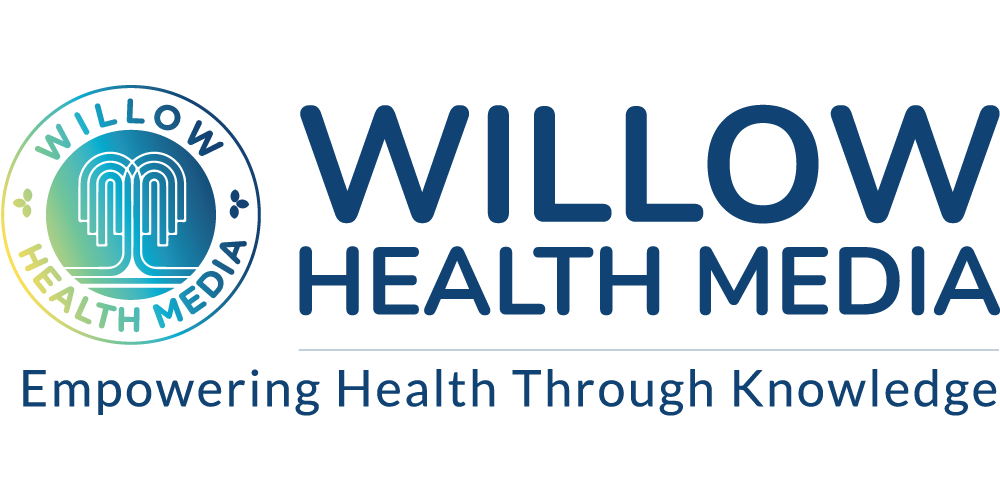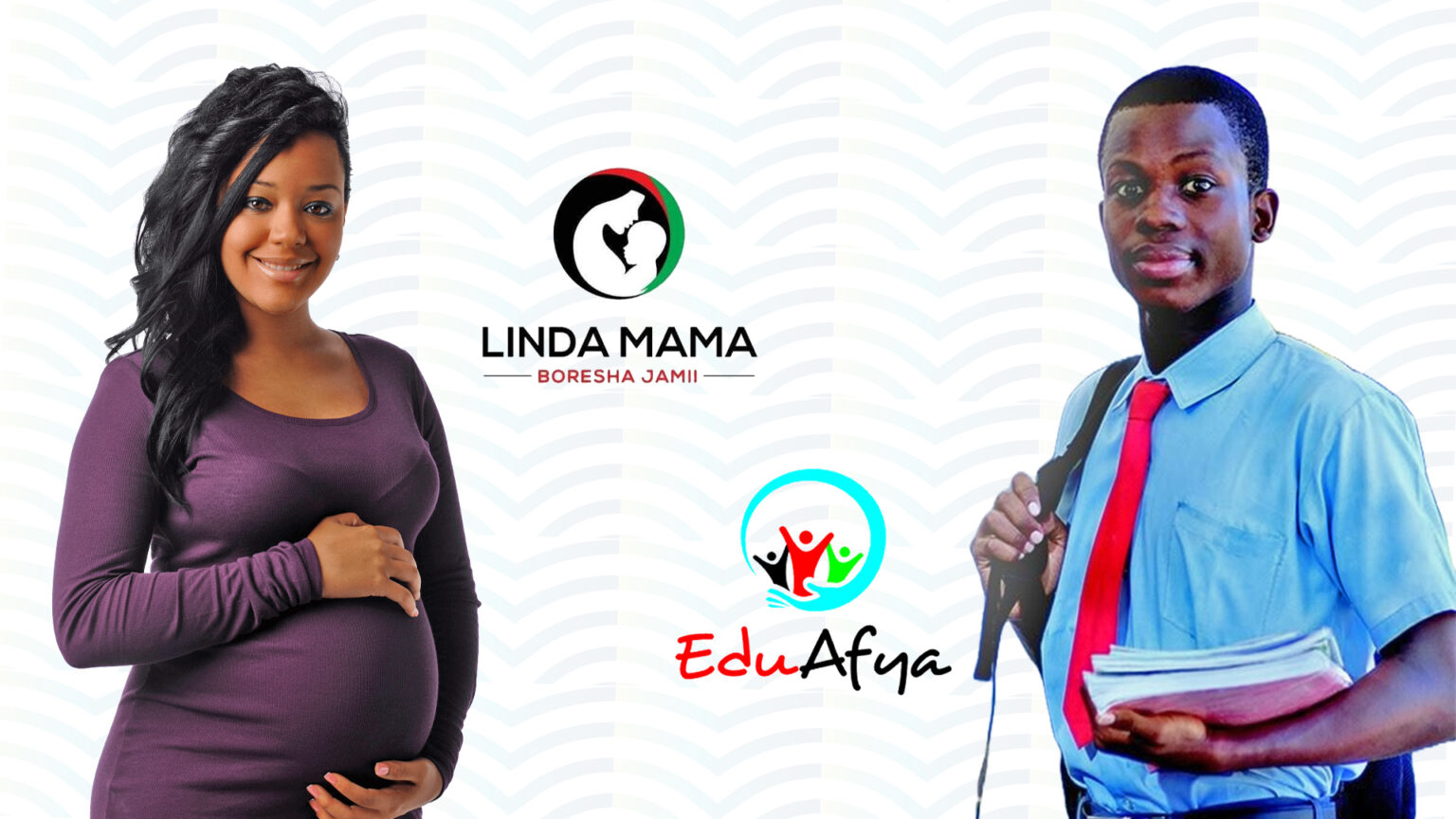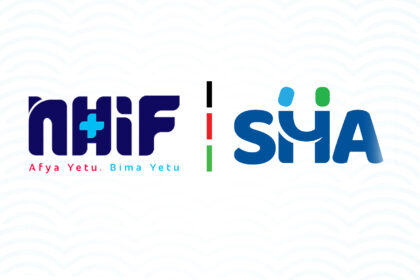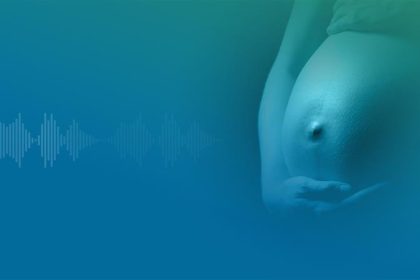NHIF also paid for unnecessary medical visits and double billing for same deliveries
Kenya’s healthcare system is undergoing a transformation. The once-prominent National Hospital Insurance Fund (NHIF), which promised affordable healthcare to millions, has been dismantled and replaced with a new framework. At the core of the NHIF’s downfall were programs like Enhanced Medical Schemes, Edu Afya, and Linda Mama, which, despite their grand vision, became breeding grounds for fraud, mismanagement and inequality. Billions of shillings were pumped into these schemes, but many Kenyans were left without the promised healthcare.
An impact assessment study presented to the NHIF board in 2020 estimated NHIF medical fraud risk to be 29.3 per cent.
The Initial Promise of the Enhanced Schemes: Did They Deliver?
Under NHIF, the Enhanced Medical Schemes were launched as part of an effort to offer better healthcare to specific groups—particularly government employees, civil servants, and disciplined services like the National Police Service and Kenya Prisons. These schemes were meant to go beyond NHIF’s basic cover, offering more comprehensive services, including inpatient, outpatient, dental, optical and maternity care.
According to Social Health Authority (SHA) chairperson Dr Abdi Mohamed, NHIF came up with the different schemes following negotiations with the government. For civil servants, the government took their existing medical allowances, added extra funds and handed the total to NHIF to design a more comprehensive health cover. This negotiation process allowed NHIF to create benefit packages tailored specifically to each group.
“The covers for schemes were more like how the private insurance operates where there are limits rather than specific benefit and packages,” explains Dr Abdi.
According to a report by the Departmental Committee on Health, despite collecting billions in premiums, the schemes quickly became associated with fraud and financial mismanagement. By the end of the 2022/2023 financial year, there were 73 active enhanced schemes, covering 3.8 million members and collecting Ksh18.25 billion annually.
Yet, despite the financial resources allocated, the system’s payouts often exceeded 100 per cent—an indicator of inflated claims and fraudulent activities. The National Police Service scheme, for instance, saw a payout ratio of 139 per cent, suggesting that the funds were being misused at an unsustainable rate.
Edu Afya: A Failed Attempt to Care for Students
Launched in 2018, Edu Afya was designed to provide free healthcare for 3.5 million public secondary school students, with an annual premium of Sh4 billion. The plan covered routine healthcare services for students aged between 14 and 18.
“If you look at Edu Afya, it was covering children who were in public secondary schools…whose parents also had insurance. It was also discriminatory because it was covering public secondary schools,” says SHA chairperson Dr Abdi Mohamed.
On the surface, this seemed like a positive initiative. However, despite this demographic being one that typically doesn’t require frequent medical care, Edu Afya’s payout ratio ranged between 58 per cent and 80 per cent—numbers that raised eyebrows. These percentages suggested an unusually high usage rate, hinting at inflated claims or unnecessary medical visits.
“They are supposed to be the heathiest population because at that age 14 and 18, you are less like to fall sick. Some facilities were colluding with headteacher and teachers. Some of the stories we have is that a teacher would bring an entire bus full of students to a facility and register them and that facility will claim 150 pupils at once and NHIF would pay,” said Dr Abdi.
“The risk of fraud was higher in the enhanced schemes, such as Edu Afya as proven by the high number of reported fraud cases by service providers under investigation. Services in this scheme were mostly offered by level 2 facilities, most of them lacking the infrastructure for biometrics,” reads the report by the Departmental Committee on Health.
Linda Mama: Free Maternity Care or corruption cash cow?
Introduced in 2013 as a program offering free maternity services to needy pregnant women, Linda Mama had noble goals. It aimed to reduce maternal and infant mortality rates, eventually enrolling 1.1 million women annually, with Ksh4.1 billion set aside for the program.
“So, if they (NHIF) were paying for 850,000 deliveries and the estimation of deliveries in the country is 1.1 to 1.2 million, what does that tell you? That literally they were covering everyone who delivers that year,” says Dr Abdi.
However, as audits and investigations later revealed as submitted before the Departmental Committee on Health, Linda Mama also became a victim of widespread fraud. Hospitals overbilled or even charged for services that were never delivered, registering ghost patients to claim higher payouts.
“A woman would have an NHIF cover and the facility would claim both from NHIF and Linda Mama. The other thing that made it easy to defraud the system was that a woman did not need to have biometrics. So, the assumption was you are a pregnant woman who showed up and have no cover. All the hospital needed was to send the message that they have done a delivery. There was no way to verify or any data base to look at. There was duplication and that made it much easier,” says Dr Abdi.
The payout ratio for Linda Mama reached 162 per cent in some financial years, highlighting the extent of financial leakage. What was intended as a lifeline for vulnerable women became an avenue for unscrupulous actors to exploit the system.
“For us, you have to be registered and use biometric to get any services and the biometrics comes from the National Reference Bureau (NRB),” says Dr Abdi.
In response to these failures, the Social Health Authority (SHA) under the Social Health Insurance Act, 2023, signalled the end of NHIF’s Enhanced Schemes, Edu Afya, and Linda Mama. The SHA aims to centralize healthcare under one universal cover, with two key funds driving service delivery: The Primary Health Care Fund (PHCF) and the Social Health Insurance Fund (SHIF).
This shift is meant to eliminate the fragmentation that led to widespread fraud and to ensure that all Kenyans can access healthcare under a more transparent and accountable system.
Under the new model, Edu Afya and Linda Mama will no longer exist as independent programs. Their services will be absorbed into SHIF and PHCF, providing a more unified and hopefully less corrupt system.
For pregnant women, the SHA promises comprehensive maternity care, covering labour, delivery (whether normal, assisted, or caesarean), and postnatal care. Women will also receive medications and immunizations for their new-borns. Salaried individuals will contribute 2.75 per cent of their gross salary, while those not in formal employment will pay Ksh300 per month or more, depending on their income. Vulnerable women may have their contributions covered by the government.
“Linda mama was paying for an event, delivery. After delivery you are on your own. Under the new model, we pay a premium for needy mothers which now covers not only for the event but for the whole family. It covers your children, husband and you even after you have left the hospital,” says Dr Abdi.
For students, and those previously covered under Edu Afya, will automatically be covered under their parent or guardian’s health plan, but once they turn 18, they must register as individual contributors within 90 days to continue receiving benefits. They will still receive treatment for common illnesses, and general healthcare services, but they must be registered under the insurance scheme.
While the Social Health Authority represents a major shift in Kenya’s healthcare system, there are still lingering questions about whether it will be able to deliver on its promises. For years, Kenyans have suffered from corruption and mismanagement within NHIF’s programs. Similarly, goodwill from county government will be crucial to ensure that the laws are implemented and Kenyans are able to receive the services stipulated in the Social Health Insurance Act.
